CPTPP to be signed in March
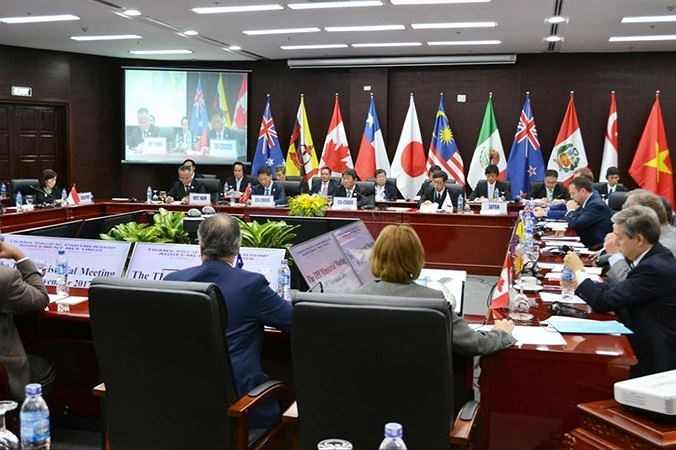 |
| TPP was renamed to CPTPP after the ministerial meeting in November 2017 |
The contents of the new agreement have been agreed after a two-day meeting in Tokyo, Japan. The meeting was attended by high-level representatives of the eleven member states, including Australia, Brunei, Canada, Chile, Japan, Malaysia, Mexico, New Zealand, Peru, Singapore, and Vietnam.
At the Tokyo meeting, participants have resolved all outstanding issues, fixed the list of pending articles, and completed the process of legal appraisal. “As a result, the CPTPP negotiations have been completed. We are pleased with the outcomes,” Singaporean Minister of Trade and Industry Lim Hng Kiang informed.
According to the new agreement, all firms from the 11 member states will access a market of over 500 million people and a total GDP of $10 trillion. The CPTPP started after the withdrawal of the US from the Trans-Pacific Partnership Agreement (TPP). Then, Japan has played a key role in fostering another agreement.
The Japanese Minister for Economic Revitalisation said that the new agreement will become a motivation to overcome protectionism which is emerging in some regions across the globe. He will also try to explain the importance of the CPTPP to the US and invite them to join.
The CPTPP is expected to be signed on March 8 at Chile.
| 12 becomes 11, and the TPP finds a way forward
With the US withdrawal from the Trans-Pacific Partnership, the remaining 11 nations have decided to develop the pact into another version named the Comprehensive and Progressive Agreement for Trans-Pacific Partnership. Raymond Mallon, senior economic advisor from the Australia-Vietnam economic reform programme, delves into this new pact, which can have some impact on Vietnam’s economy. |
| TPP receives kiss of life
The Trans-Pacific Partnership has received a new name, underlining the participation of 11 nations without the US. |
What the stars mean:
★ Poor ★ ★ Promising ★★★ Good ★★★★ Very good ★★★★★ Exceptional
Themes: CPTPP
Latest News
More News
- Trump's trade policies could shape Vietnam's economic outlook: Dragon Capital (November 15, 2024 | 16:56)
- Prioritising corporate governance for Vietnam’s sustainable growth (November 14, 2024 | 16:50)
- Vietnam eyes nuclear revival to bolster energy security (November 14, 2024 | 16:46)
- German businesses explore investments in Dong Nai (November 08, 2024 | 18:02)
- Vietnamese consumer sentiment outperforms regional averages (November 08, 2024 | 18:00)
- Exchange and interest rates forecast to remain stable after US election (November 07, 2024 | 14:04)
- Industrial real estate stocks benefit from US election results (November 07, 2024 | 13:56)
- 2024 sees $1.41 billion in fintech funding so far (November 07, 2024 | 08:13)
- Trump at 266 electoral votes, Harris at 195: US media (November 06, 2024 | 14:30)
- Hanoi targets digital and high-tech investment with upcoming event (November 06, 2024 | 13:28)




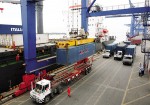



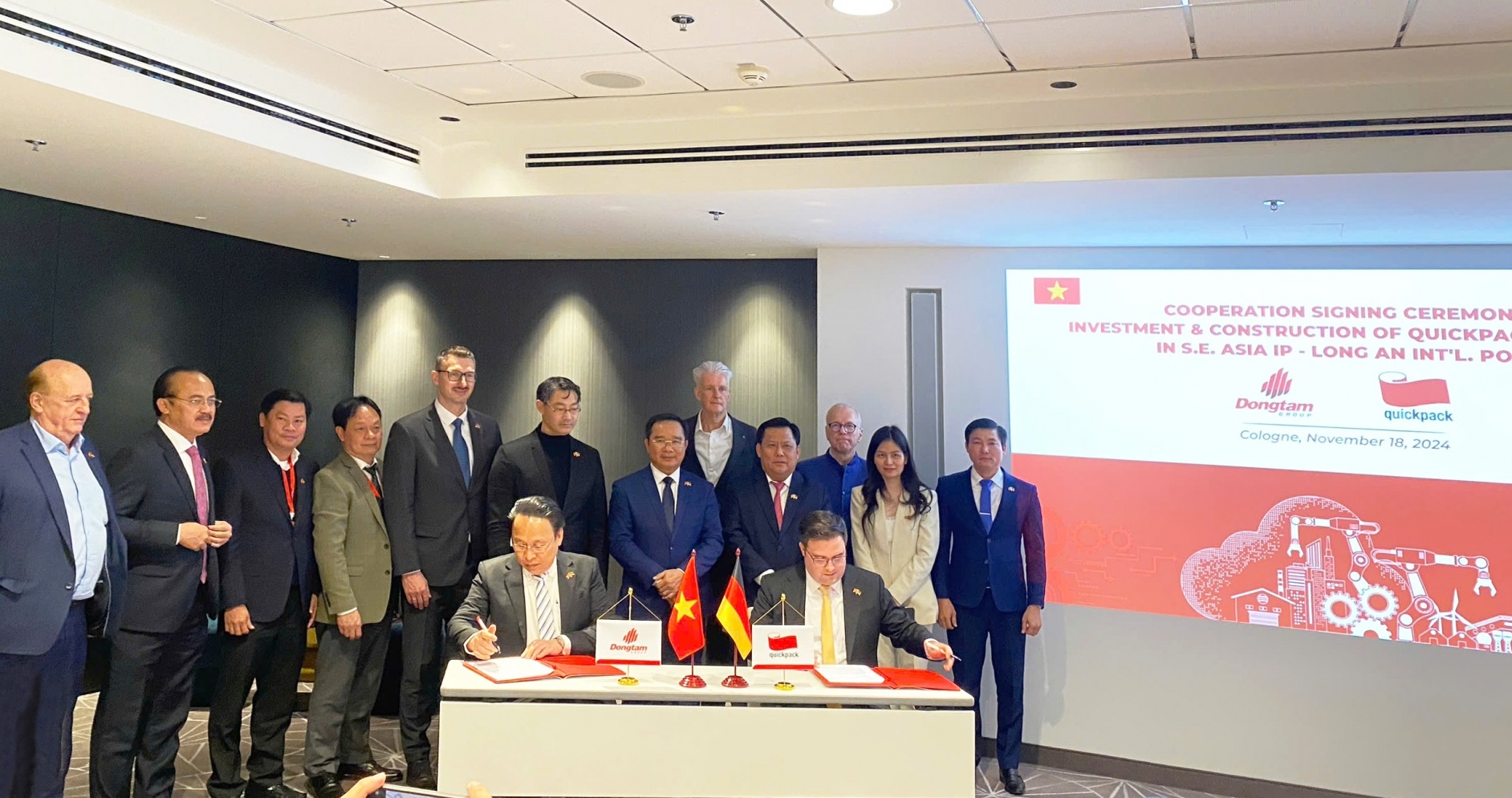
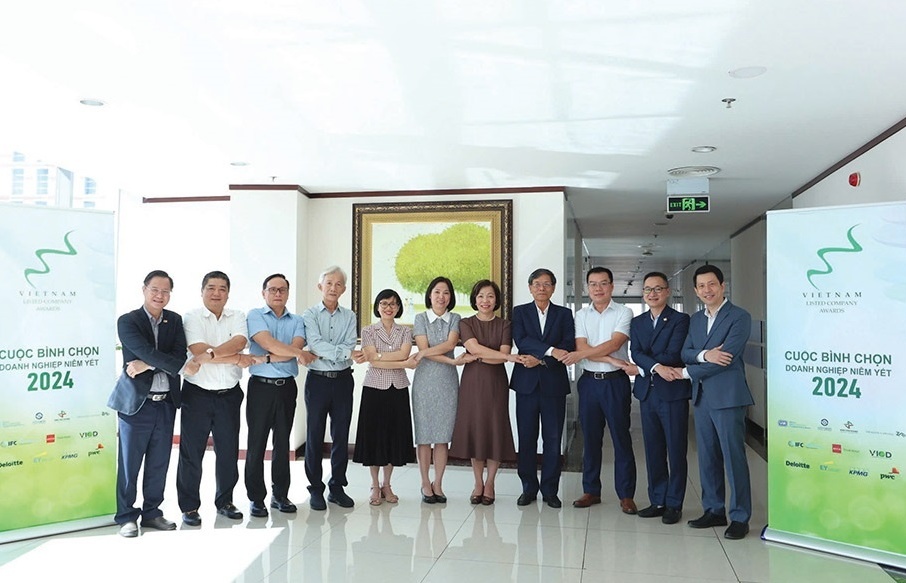
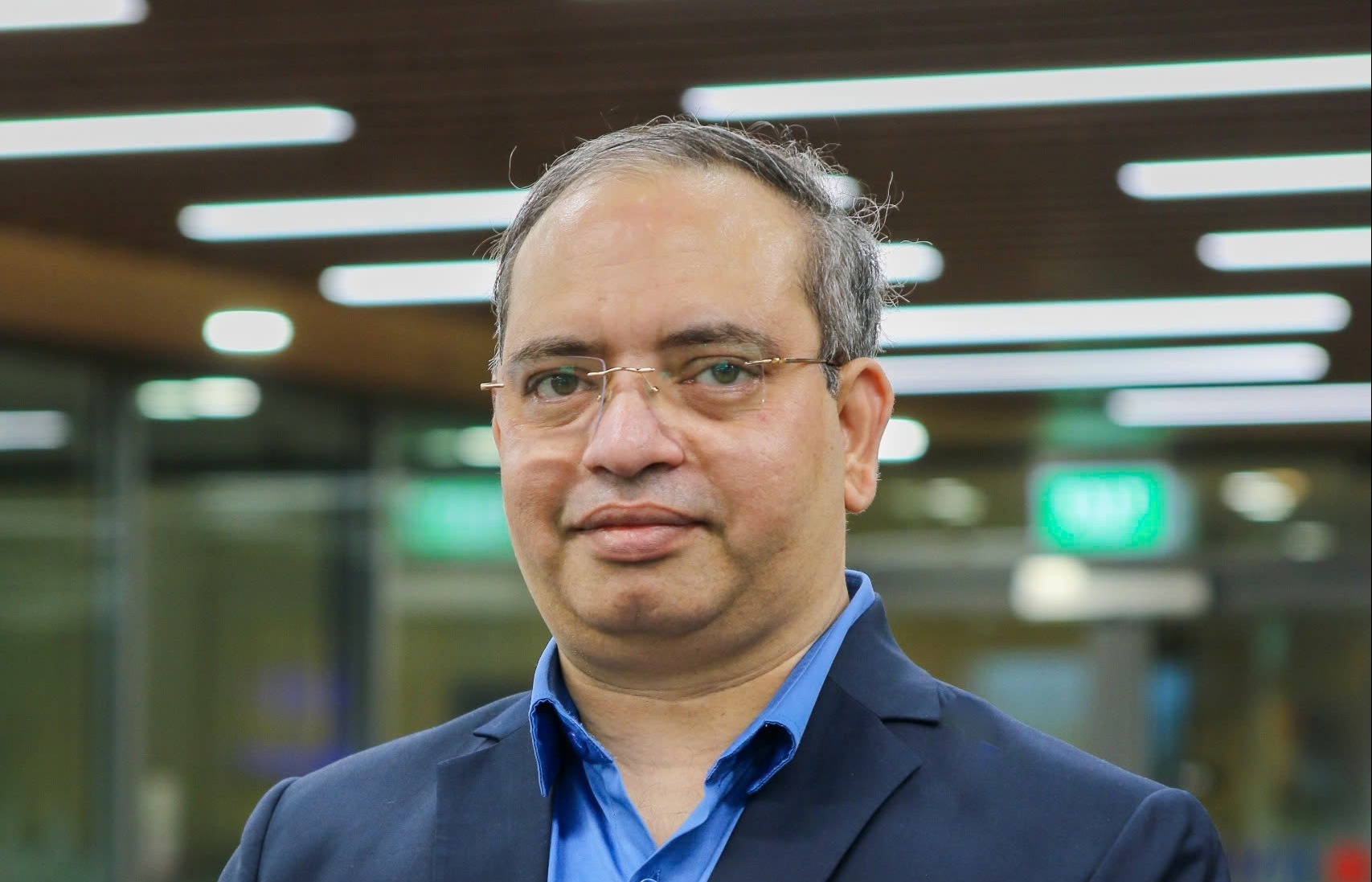











 Mobile Version
Mobile Version